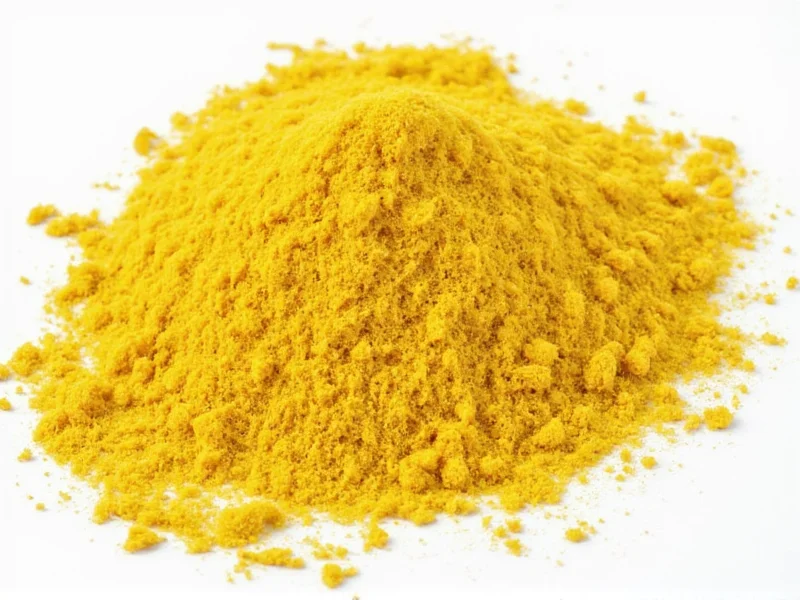Understanding the difference between coriander leaves and seeds is crucial when seeking substitutes. In American English, coriander typically refers to the dried seeds, while the fresh leaves are called cilantro. In British English and many other regions, coriander refers to both the seeds and fresh leaves. This terminology confusion often leads to inappropriate substitutions.
Substitutes for Fresh Coriander Leaves (Cilantro)
When your recipe calls for fresh coriander leaves (cilantro), these alternatives work best depending on your specific cooking needs:
| Substitute | Flavor Profile | Best Used In | Substitution Ratio |
|---|---|---|---|
| Flat-leaf parsley | Milder, grassy, less citrusy | Salsas, salads, garnishes | 1:1 volume replacement |
| Culantro | Stronger, more pungent cilantro flavor | Caribbean and Latin American dishes | Use 50% less than cilantro |
| Basil + Mint (1:1) | Herbaceous with citrus notes | Asian cuisine, chutneys, dressings | Equal parts basil and mint |
| Dill | Grassy, slightly anise-like | Fish dishes, tzatziki, pickling | 1:1 volume replacement |
Practical Application Tips for Leaf Substitutes
When searching for what to use instead of cilantro in salsa, flat-leaf parsley provides the closest visual match while maintaining texture. For Mexican dishes specifically, adding a squeeze of lime juice to parsley helps mimic cilantro's citrus notes. In Thai or Vietnamese recipes where coriander's distinctive flavor is essential, the basil-mint combination works better than parsley alone.
Chefs seeking non-cilantro alternatives for curry should consider using a small amount of fresh mint combined with a pinch of ground coriander seeds to maintain the herbal complexity without the polarizing cilantro flavor that some people genetically perceive as soapy.
Substitutes for Coriander Seeds
When your recipe requires ground or whole coriander seeds, these alternatives provide similar flavor profiles:
- Cumin: Offers earthy warmth with citrus undertones. Use 3/4 teaspoon cumin for every 1 teaspoon coriander seeds. Ideal for Indian and Middle Eastern dishes where you need what to use instead of coriander seeds in curry.
- Caraway seeds: Provides similar earthiness with more pronounced anise notes. Use 1:1 ratio but toast lightly first. Best for rye bread, sauerkraut, and Central European dishes.
- Fennel seeds: Milder with sweet licorice notes. Use 1:1 ratio. Excellent substitute when making coriander seed replacement for pickling recipes.
- Garam masala: Use 3/4 teaspoon for every 1 teaspoon coriander seeds in Indian dishes requiring spice blend alternative to coriander.
When Substitutions Fail
Certain recipes simply don't work with substitutes. Authentic chimichurri, tabbouleh, and certain Thai dishes rely on cilantro's unique flavor chemistry. In these cases, consider modifying the recipe rather than forcing a substitute. For those with cilantro taste aversion genetic trait, removing the ingredient entirely often produces better results than using unsuitable alternatives.
Professional Chef Tips for Successful Substitutions
Experienced cooks recommend these techniques when implementing coriander leaf replacement in cooking:
- Adjust quantities gradually: Start with 75% of the recommended substitute amount, then taste and adjust.
- Consider texture: For garnishes, choose substitutes with similar leaf structure like parsley rather than softer herbs.
- Balance flavors: When using milder substitutes like parsley, add a squeeze of citrus to compensate for lost flavor dimensions.
- Timing matters: Add substitute herbs at different stages than original recipe specifies to optimize flavor release.
Storage and Preparation Considerations
Unlike coriander leaves which lose flavor quickly, many substitutes maintain potency longer. Store parsley upright in water like flowers, while culantro benefits from being wrapped in damp paper towels. For seed substitutes, toast whole spices briefly before grinding to maximize flavor when implementing coriander seed alternative in spice blends.











 浙公网安备
33010002000092号
浙公网安备
33010002000092号 浙B2-20120091-4
浙B2-20120091-4